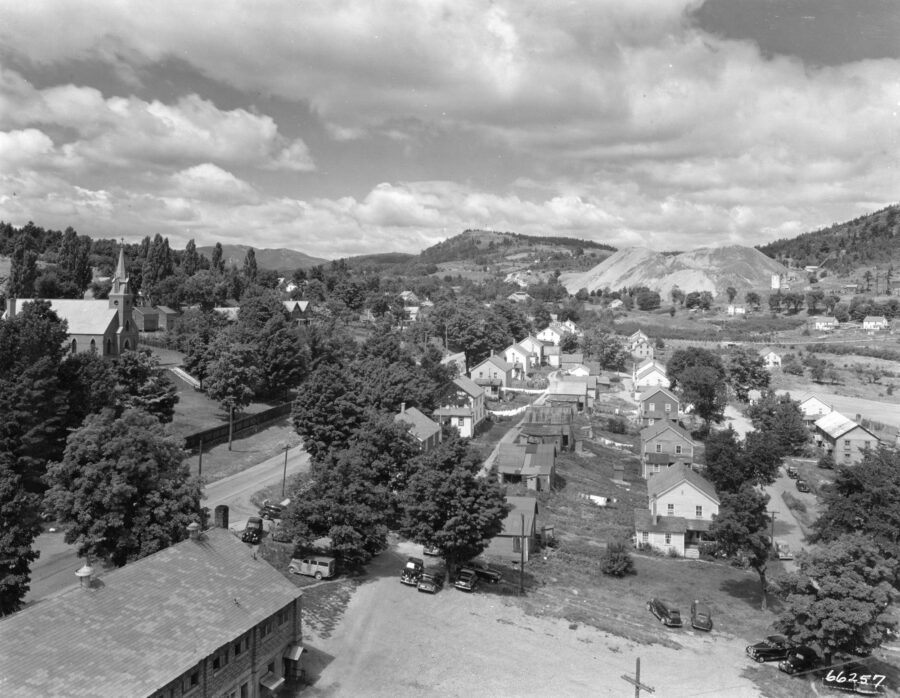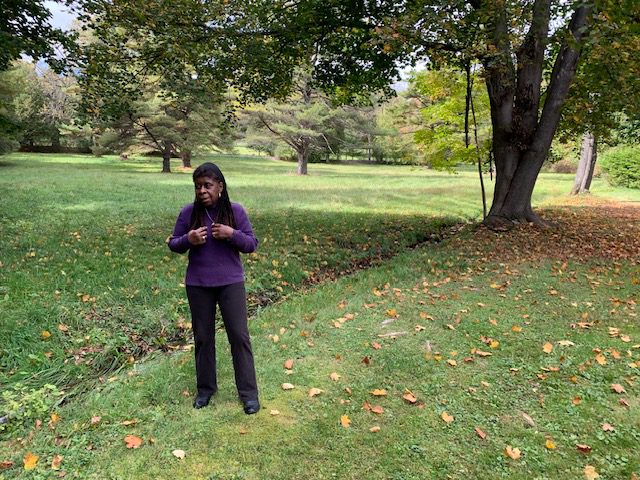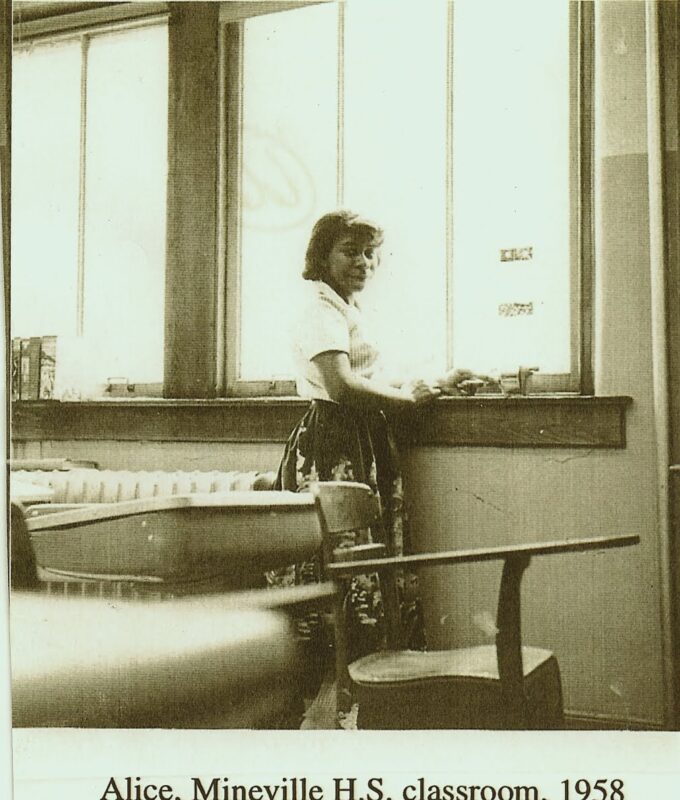Champlain Valley activist Alice Green worked to shine a light on the struggles of Black Adirondackers as part of New York state conversations around reparations
Editor’s note: Alice Green died on Tuesday. This story represents one of her last media interviews.
By David Escobar
As the New York State Community Commission on Reparations Remedies begins examining the legacy of slavery and racial discrimination in New York, longtime activist Alice Green wants to ensure Black history in the Adirondacks is part of the conversation.
The Adirondack Explorer thanks its advertising partners. Become one of them.
Green, 84, grew up in Witherbee, a small, Champlain Valley community tied to the iron ore mining industry. Starting in the late 19th-century through the mid-20th-century, mining companies employed Black workers like Green’s father, who moved to the North Country from South Carolina in the Great Migration.
The movement brought many African Americans from the rural South to industrial northern cities to pursue economic opportunities. However, Green said racism was part of everyday life growing up in her Adirondack community.
“Black people were treated differently,” said Green, who has had a residence in Essex with her husband Charles Touhey for years. “When someone else — mainly Black people or any other people of color — came into the area, they were considered outsiders.”
She said the racial dynamics of her childhood community have left lasting impacts on her identity.
The Adirondack Explorer thanks its advertising partners. Become one of them.
“You grew up in a white supremacist community, which affected what you could do, how you were seen [and] how you were treated,” Green recalled. “Psychologically, it’s damaging.”

Prisons’ role in Adirondack history
The echoes of Green’s experiences still resonate. She split her time between the Adirondacks and Albany, where she led The Center for Law and Justice. This summer, she returned to the Adirondacks to meet with a multiracial group of community members to discuss reparations and social justice.
Despite the region being predominantly white, Green said the Adirondacks’ high concentration of prisons holds a significant and overlooked role in New York’s Black history.
“The people who were incarcerated [in New York state] were up here, and they were exploited,” Green said. “They worked when there was a catastrophe like a flood or an ice jam. They worked this land.”
The Adirondack Explorer thanks its advertising partners. Become one of them.
RELATED READING: Prisons expose gap in Adirondack history
Green said the Adirondacks’ history of incarcerated labor and white racial homogeny are key factors that the state’s reparations commission should consider in its report. She said these considerations will help the commission understand a common theme for Black communities across New York.
“African American people have not been able to become owners of land that would make them stable, help them economically and pass it on to generations,” Green said.
Land ownership remains a central issue in Green’s conversations about a reparations plan, particularly in rural areas where land can be a means to wealth accumulation and financial stability.
The Adirondack Explorer thanks its advertising partners. Become one of them.

Reparations commission: Early conversations
The state reparations commission, established through legislation in December 2023, is “tasked with examining the legacy of slavery and its lingering negative effects,” according to a press release issued by State Sen. James Sanders Jr.
New York joins 11 other states that have introduced legislation to create such a commission, including the first task force in California.
In New York, eight of the commission’s nine members met in July to begin work toward a report outlining how the institution of slavery continues to impact Black New Yorkers.
The commission’s seats are held by historians, academics and community activists, many of whom are based in New York City. Though she is not a commission member, Green wanted to engage a wider audience in these conversations through her work.
Green said the commission’s primary goal is to collect information for state legislators that could one day lead to policy changes.
“It’s very important to have the community — and I’m talking about all voices in the community — to talk about this issue so that we can have some kind of reconciliation,” she said. “I think that’s what is needed when you’re talking about repairing a damage.”
However, discussions around reparations can become bogged down by financial concerns, she said.
“People tend to think of it as money, only money,” Green said. “I think that’s a mistake.”

A path forward
Green called for improved education about marginalized groups in America to build awareness for reparations.
“We need to make sure that the schools incorporate really good education about the history of African Americans and other groups,” she said. “It would have helped me and a lot of other Blacks that I know … to have a sense of where they came from.”
Green said reparations are viable in New York, even in the face of resistance.
“There’s been a lot of instances where the reparations have been done,” she said, referring to multiple payments made by government entities around the country. “And so you’ve got to tell me why it shouldn’t be done for African Americans.”
The commission’s final report is expected by the end of 2025, but Green said the process of grappling with the legacy of slavery and systemic racism is only beginning.
“There are a lot of things that we probably can do that we as a community need to be talking about,” she said, emphasizing the importance of broad community involvement in the commission’s work.
Residents across New York may submit thoughts and feedback on reparations through the commission’s website.
David Escobar comes to us from Report For America. He reports on diversity issues in the Adirondacks through a partnership between North Country Public Radio and Adirondack Explorer.
Support Adirondack Journalism
Adirondack Explorer is the only nonprofit, independent media organization solely dedicated to covering the Adirondack region in northern New York state. We provide our stories online free for all, but rely on the contributions of readers to help power and expand our work. Will you join the community of people who support this reporting?


